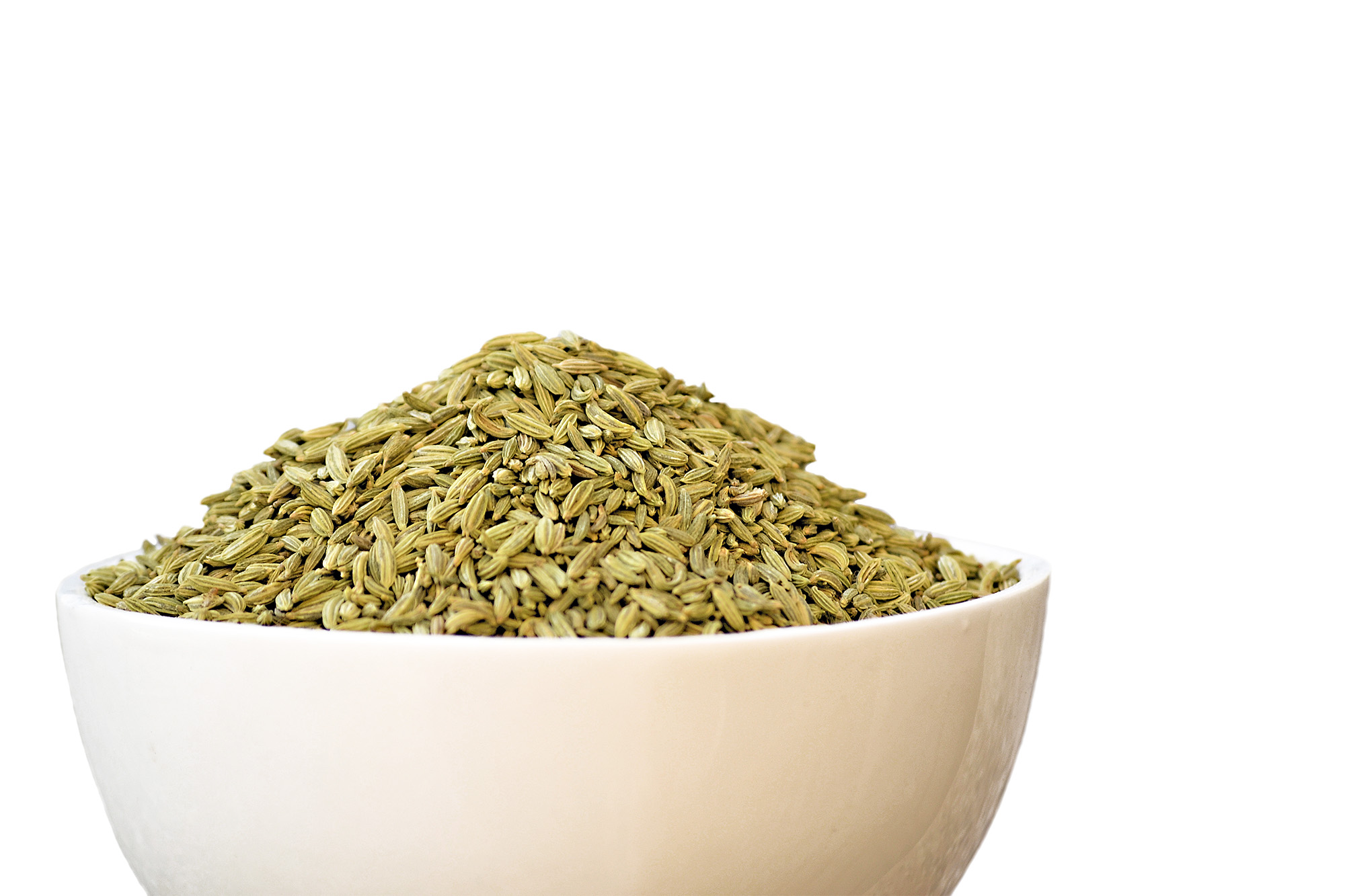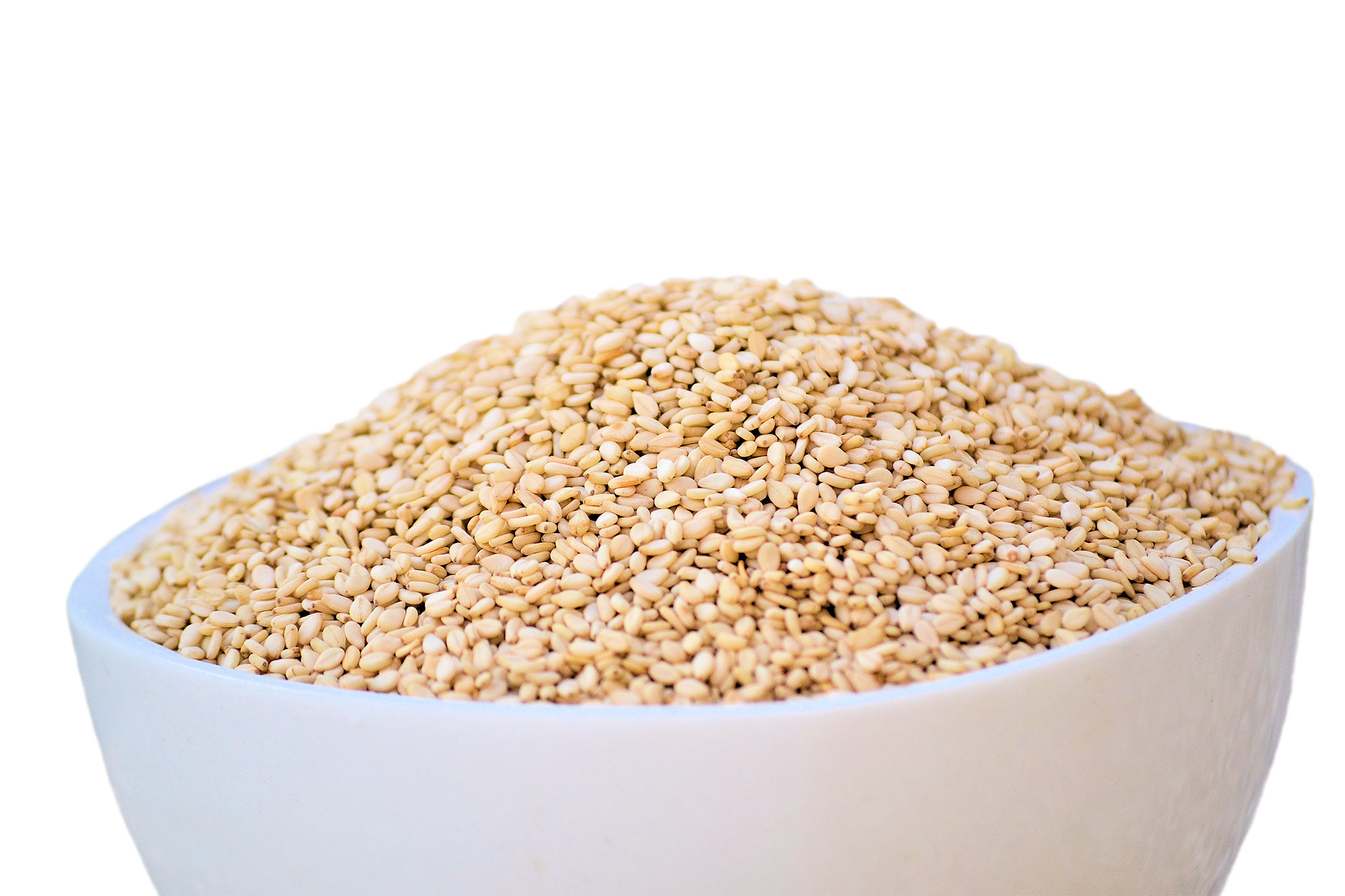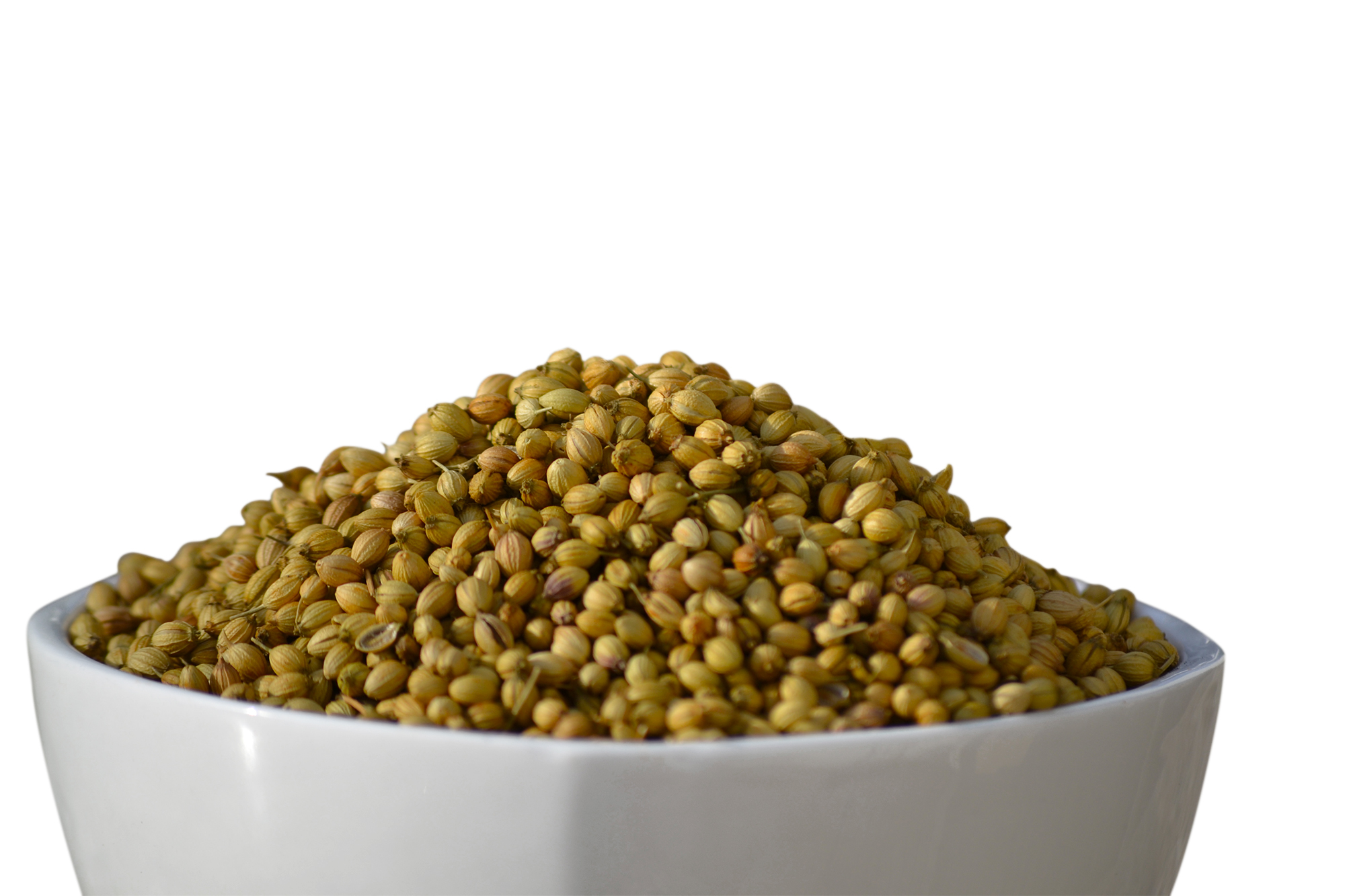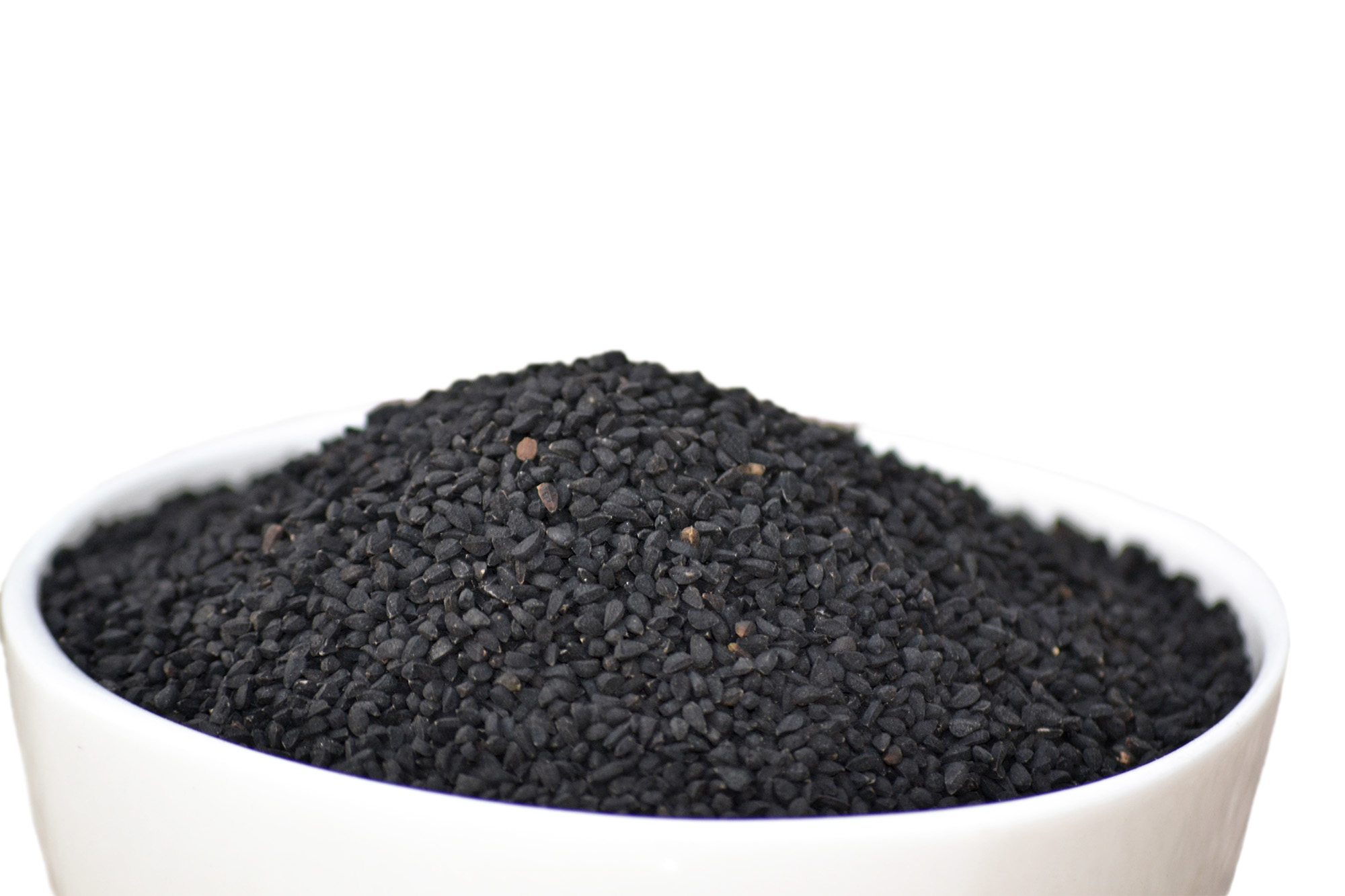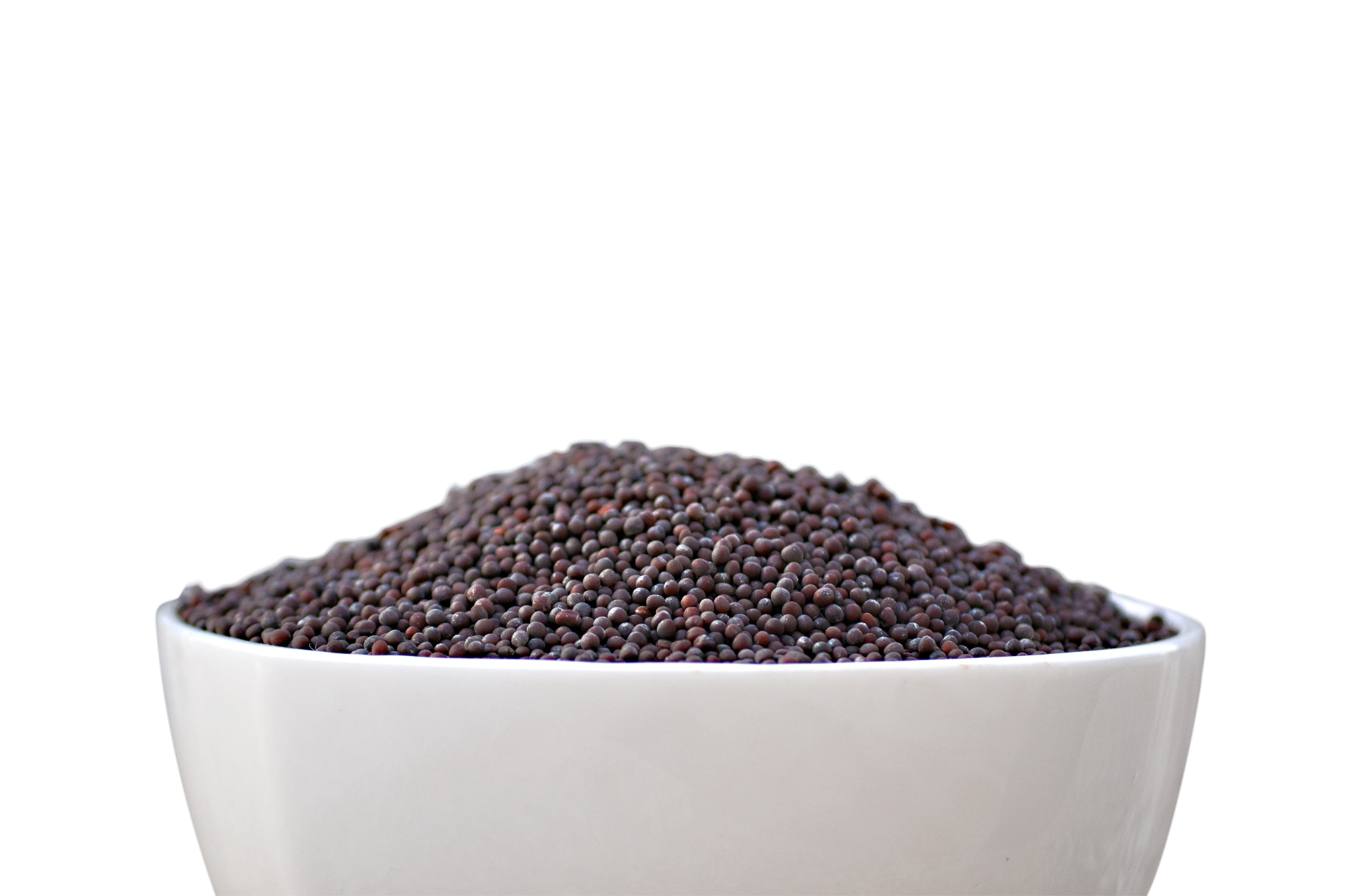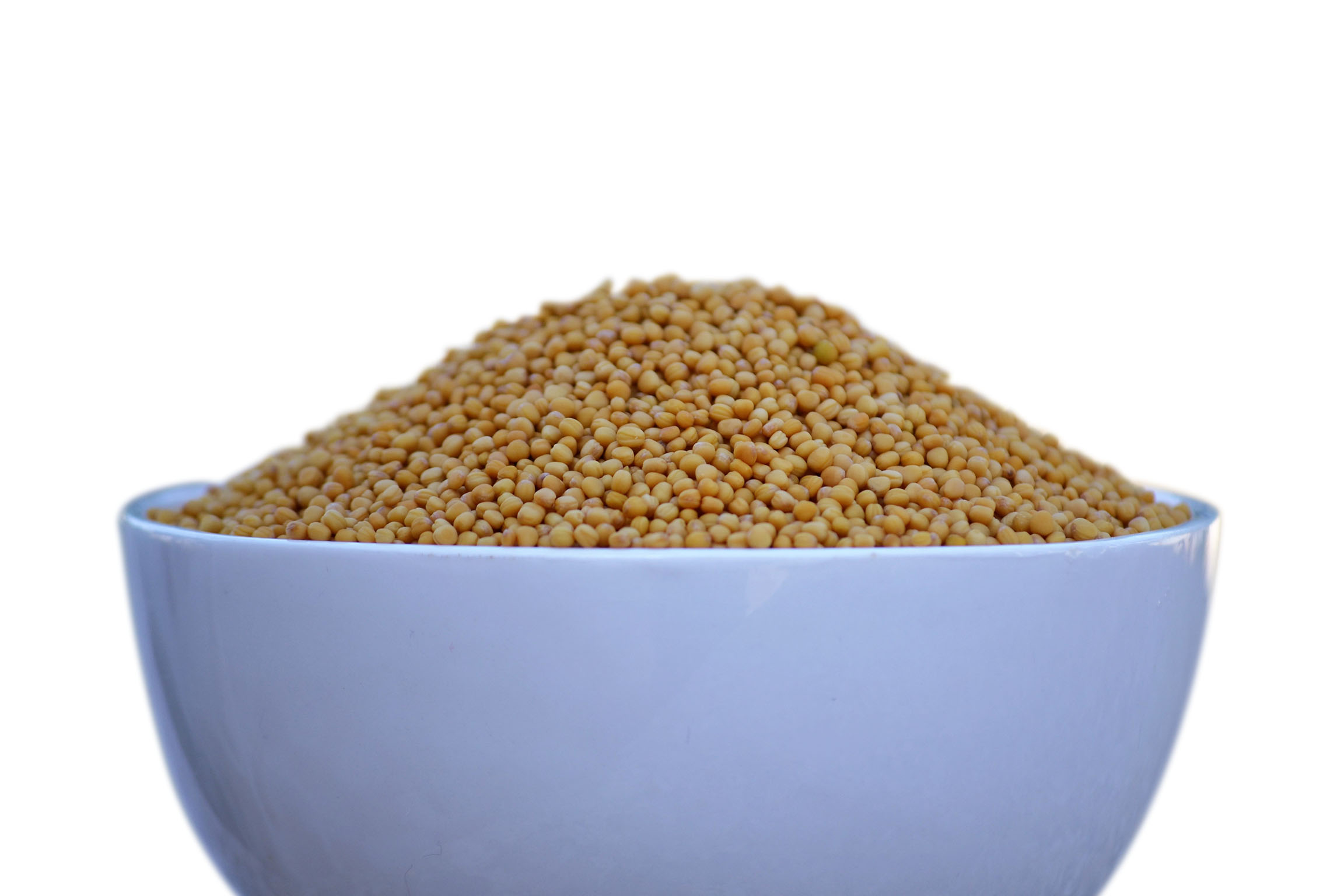OUR Products
Cumin Seed
Jeera or cumin seed is an oblong shaped, sharp flavored and dark colored aromatic spice that is
placed second to pepper in the context of importance. It is actually the dried fruit of an
annual, thin-stemmed cumin plant, which belongs to parsley family. The plant has a short height
of 25-30 centimeters and has white to red colored flowers. These flowers produce the fruits
for the plant that are consumed all over the world as a flavoring agent in whole or grounded form.
Jeera is also known for its curing characteristics and hence it is used in many herbal and
Ayurvedic medicines.
Qualities:- Singapore 99% , Singapore 98%, Europe 99% , Europe 99.5%
Fennel Seeds
Souff or Fennel seeds are the dried seeds of the Fennel plant.
They are roughly 4-8 mm in length and look like a grooved or ridged grain of rice.
Souff comes in colours ranging from bright green to pale green and tan and has a liquorice-like
taste - sweeter and slightly less pungent and intense than liquorice.
Qualities:- Singapore 99% , Singapore 98%, Europe 99% , Europe 99.5%
Sesame Seed
Sesame Seed is the seed of an annual herb, Sesamum indicum,
which grows well in hot climates. Sesame Seed is the most commonly produced seed. The yellowish,
red, or #ffffff seeds are used in bread products, stir-fries, Jewish and Chinese confectionaries,
and Middle Eastern dishesSesame Seed is the seed of an annual herb, Sesamum indicum, which
grows well in hot climates. Sesame Seed is the most commonly produced seed. The yellowish, red,
or #ffffff seeds are used in bread products, stir-fries, Jewish and Chinese confectionaries, and
Middle Eastern dishes.
Qualities:- Singapore 99% , Singapore 98%, Europe 99% , Europe 99.5%
Black Sesame Seeds
Black sesame seeds are more flavorful and have a stronger aroma than white or
brown sesame seeds. Toasting #ffffff sesame seeds releases beneficial chemicals as well as enhancing
the flavor. Black sesame seeds are rich in a fatty oil. Oil content is high, between 40% and 60%.
The oil has a distinctive flavor, and is rich in antioxidants which give it a long shelf life.
The seeds also enjoy a long shelf life and resist rancidity. After removing the oil, seeds are
35% to 50% protein. Sesame butter, also known as 'tahini', is a paste which resembles peanut
butter. Tahini is made from ground, hulled sesame seeds and is used in Hummus and other Middle
Eastern and Asian dishes.
Qualities:-Medium Black, Jade Black
Coriander is an important spice crop having a prime position in flavouring
food. The plant is a thin stemmed, small, bushy herb, 25 to 50 cm in height with many branches
and umbels. Leaves are alternate, compound. The whole plant has a pleasant aroma.
Inflorescence is a compound umbel comprises 5 smaller umbels. Fruit is globular, 3 to 4 mm
diameter, when pressed break into two locules each having one seed. Fruit has delicate fragrance;
seeds are pale white to light brown in colour.
Qualities:- Double Parrot, Single Parrot, Scooter, Eagle, Badami, & Coriander Split
Kalonji
Popularly known as Miracle seeds, the super food, Kalonji or Black Seeds are recognized as one of the best herbs of all times, known to heal numerous medical conditions like diabetes, arthritis, heart problems, high blood pressure, digestive disorders, asthma and many more.Black seeds contain a fascinating 15 amino acids; of the 9 essential amino acids vital for human health it contains 8 of them which makes it inevitable for good health. Kalonji oil, the oil extracted from the seeds is the best form of embracing Black seeds in your daily diet and is widely used for its curative powers since ages.
Fenugreek Seeds
Fenugreek is an herb native to southeastern Europe, northern Africa, and western Asia, but is widely cultivated in other parts of the world. Its botanical name is Trigonella foenum-graecum ; its English name comes from two Latin words meaning Greek hay. Fenugreek is an annual plant that grows 2–3 ft (0.6–0.9 m) tall, with a strong odor and small pale yellow flowers. The seed of the fenugreek plant contains many active compounds with pharmaceutical applications. The seeds are collected in the autumn. The chemical components of fenugreek seed include iron, vitamin A , vitamin B1, vitamin C , phosphates, flavonoids, saponins, trigonelline, and other alkaloids. The seed is also high in fiber and protein
Dill Seeds
Dill, Anethum graveolens, is an herbaceous annual in the family Apiaceae grown for its leaves which are used as a herb. Dill is a very aromatic plant with an erect growth habit. It possess branching stems and fine, soft, fibre-like leaves which are arranged into an open cone and are blue-green in color. The plant produces yellow flowers on umbels which can be up to 16 cm (6 in) in diameter. Dill can grow up to 1.5 m (5 ft) in height and is an annual plant, surviving only one growing season. Dill may also be referred to as garden dill and its origin is no known, although it is believed to be native to the Mediterranean
Black Musturd Seed
Mustard seeds are the small round seeds that come from several different types of mustard plants. The seeds are approximately 1-2 mm in diameter. The seeds (also called fruit pods) come from the mustard plant in the Brassica family. Some of the other members in this family include broccoli, Brussels sprouts and cabbage. Mustard seeds are harvested from three different plants: white mustard (better known in this country as yellow mustard from Brassica alba), brown mustard (Brassica juncea) and the very hard to find #ffffff mustard (Brassica nigra).
Yellow Musturd Seed
There are more than 40 varieties of mustard plants, but the culinary seeds come from primarily three plants - #ffffff mustard (Brassica nigra), brown mustard (Brassica juncea) and white mustard. The difference between them is more one of potency than of flavor. When ground, mustard seeds release a pungent smell, and roasting them gives them an earthy aroma. Black seeds have a strong flavor, brown seeds are a bit bitter, then turning hot and aromatic and yellow (also called white) seeds are at first a bit sweet. Yellow mustard seeds are indigenous to the eastern Mediterranean region, brown mustard seeds are native to the foothills of the Himalayan Mountains and #ffffff mustard seeds hail from the Middle East.

